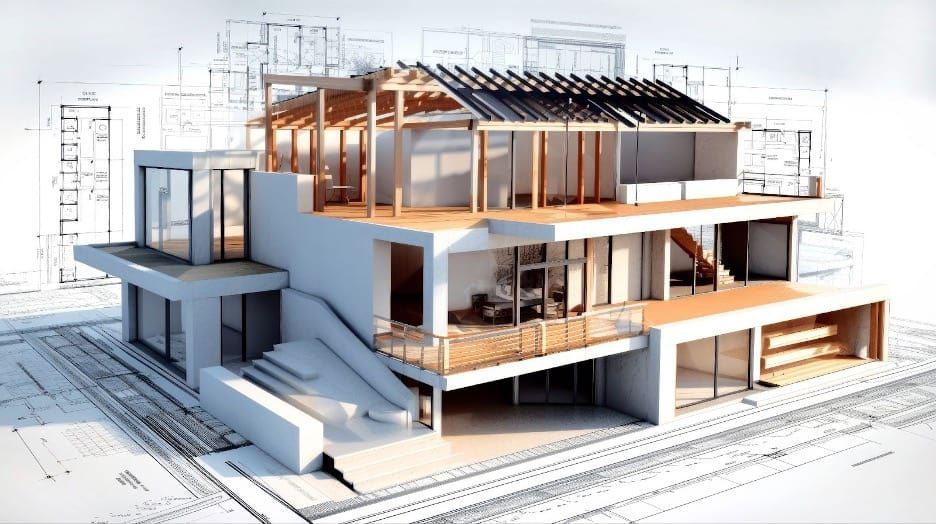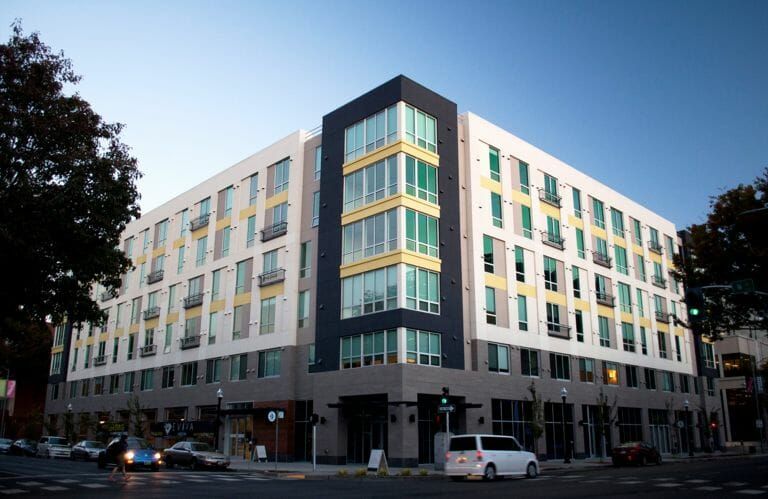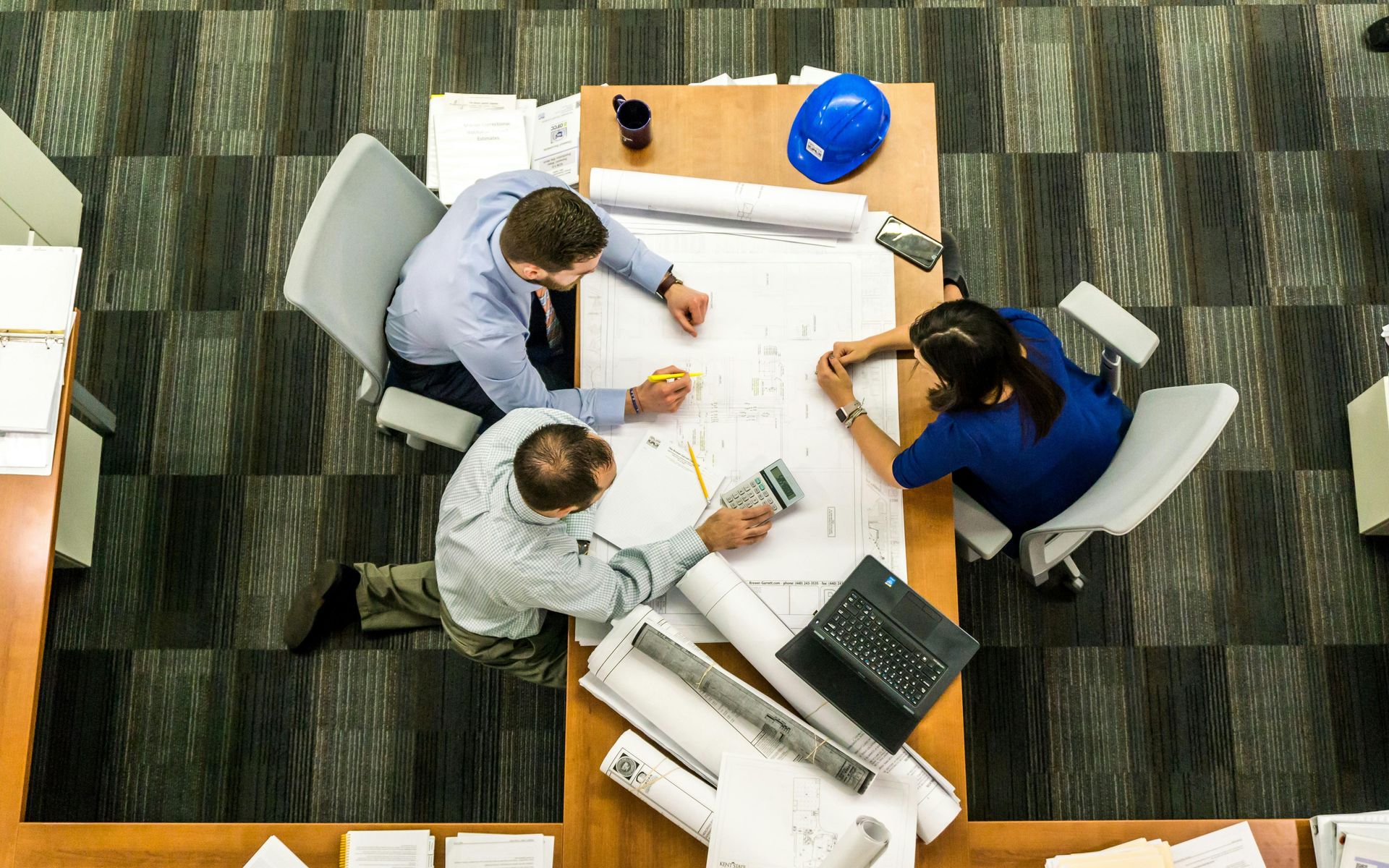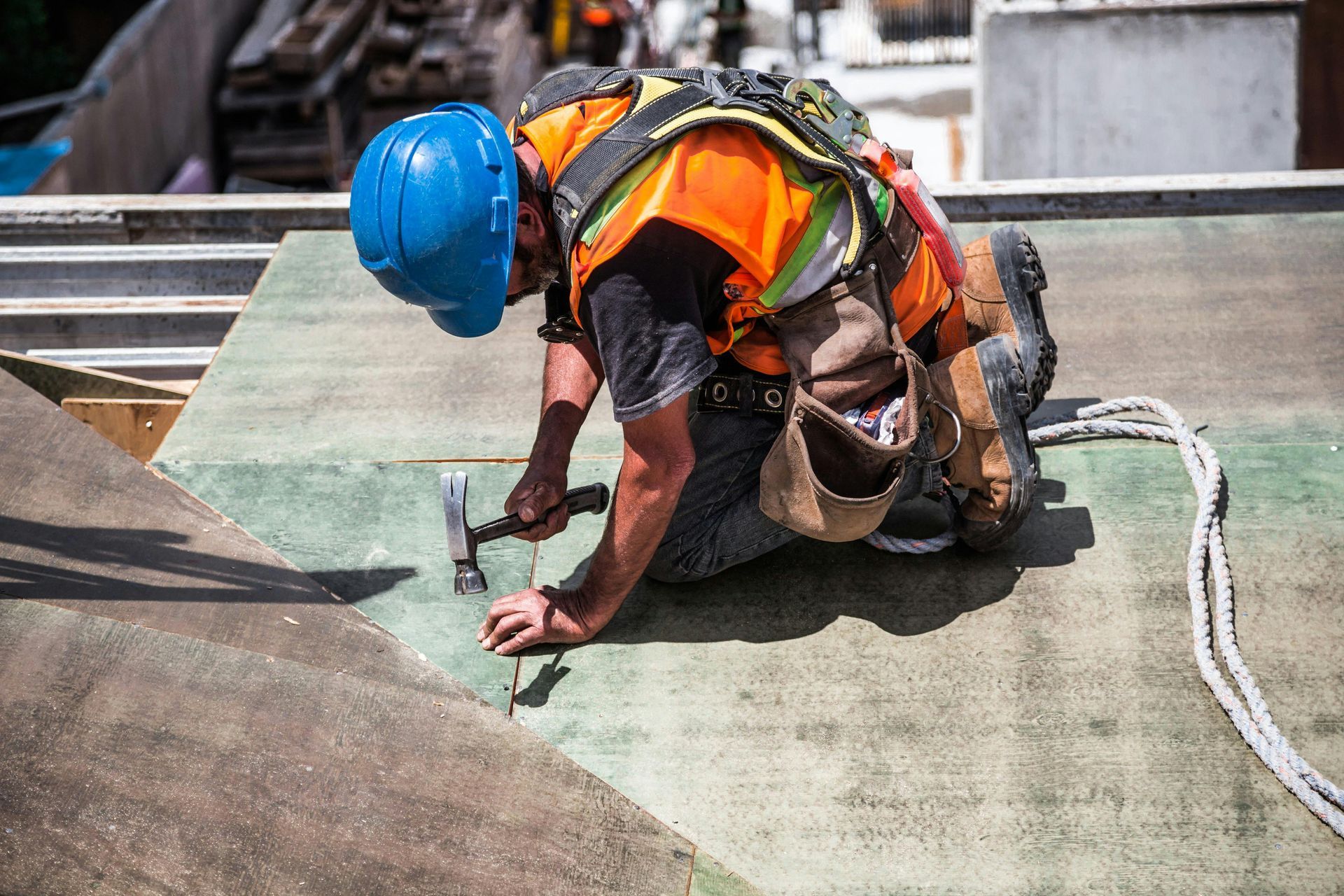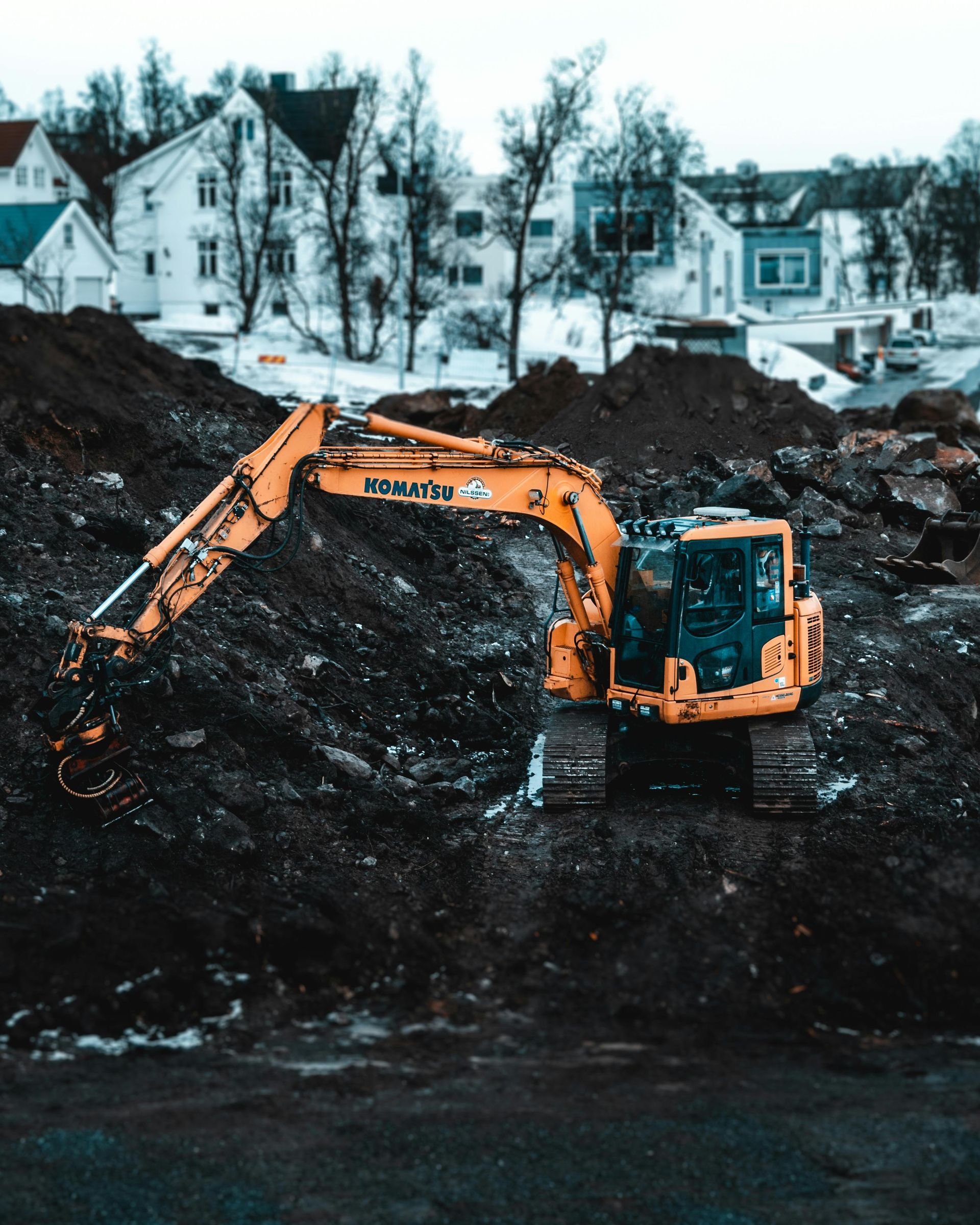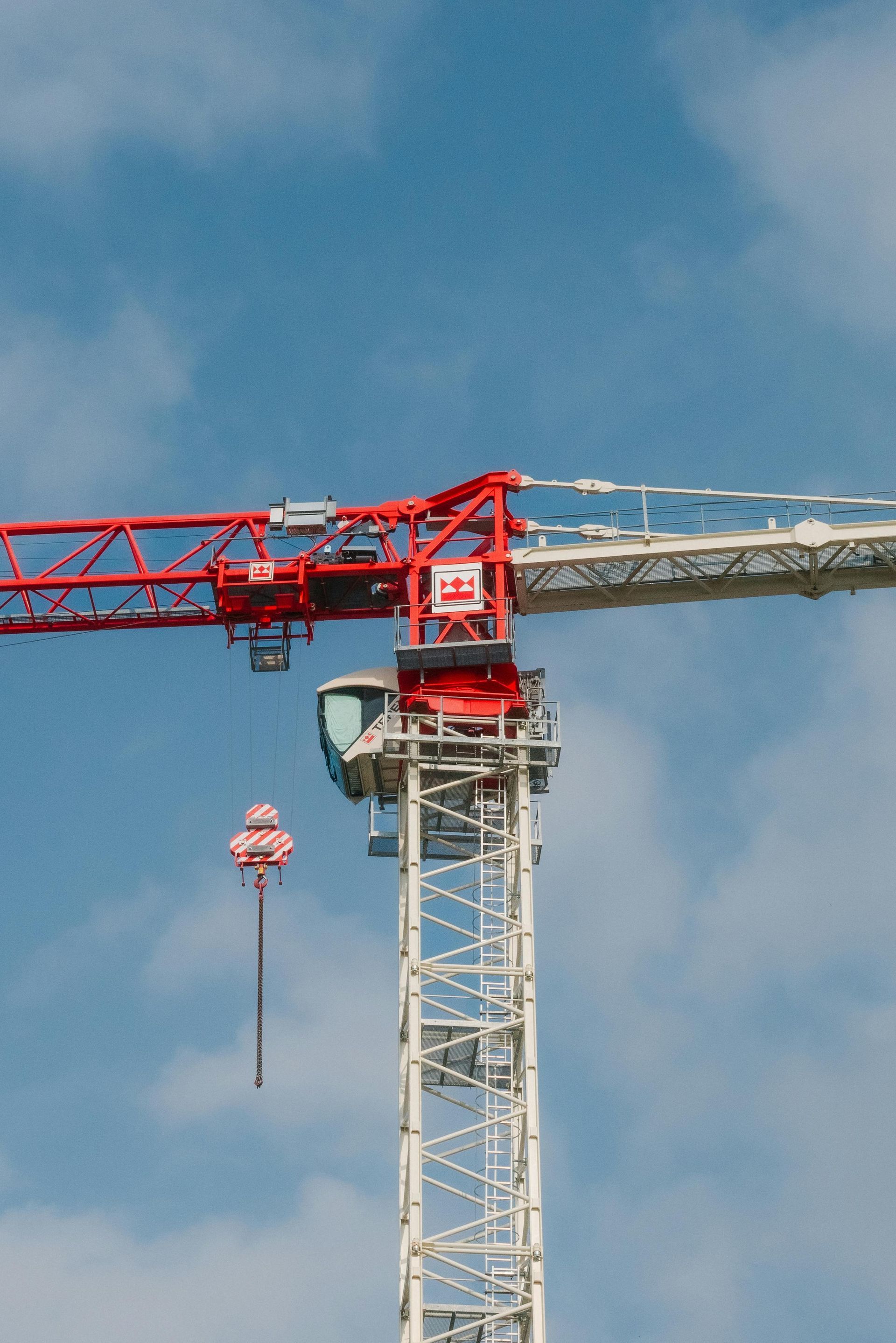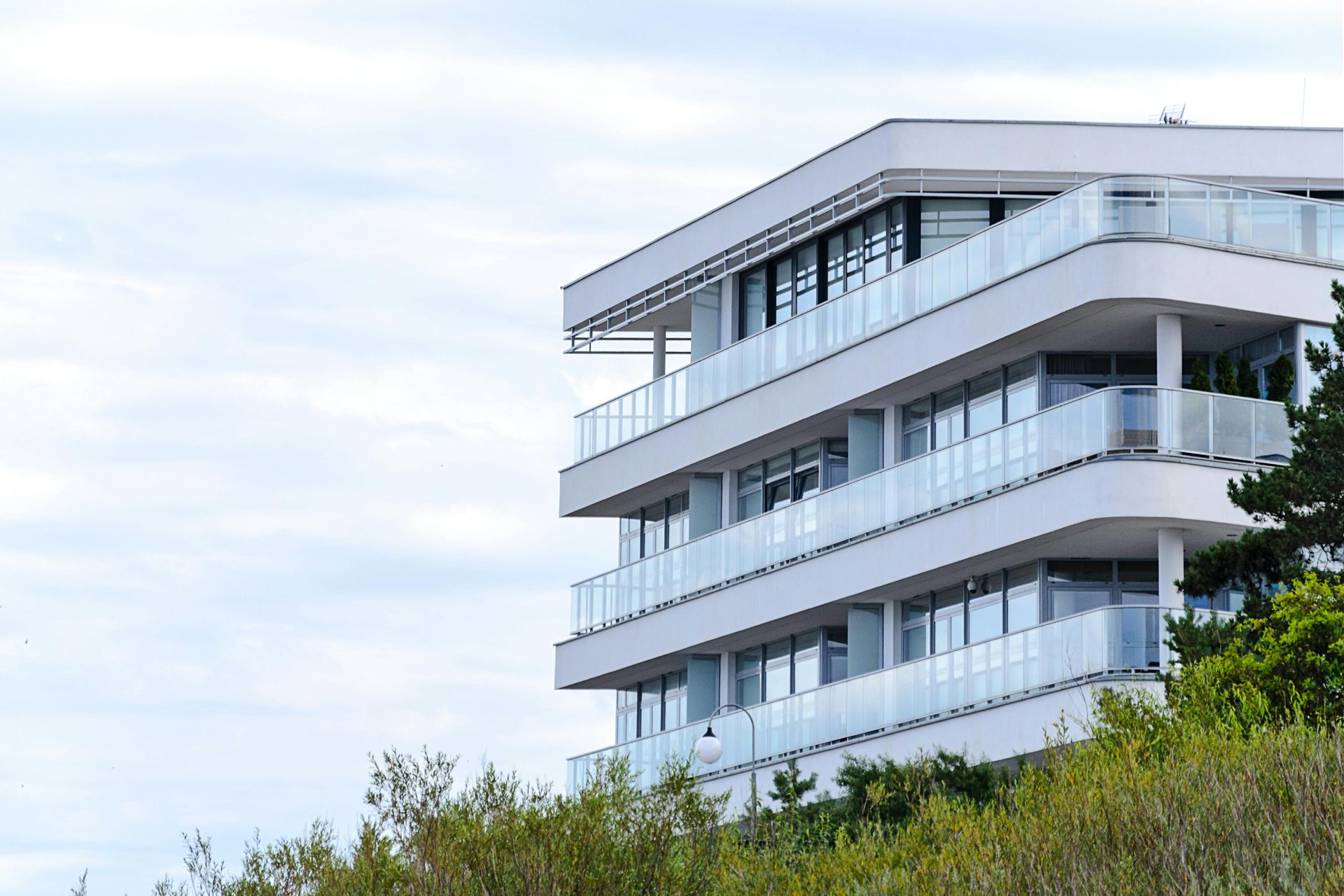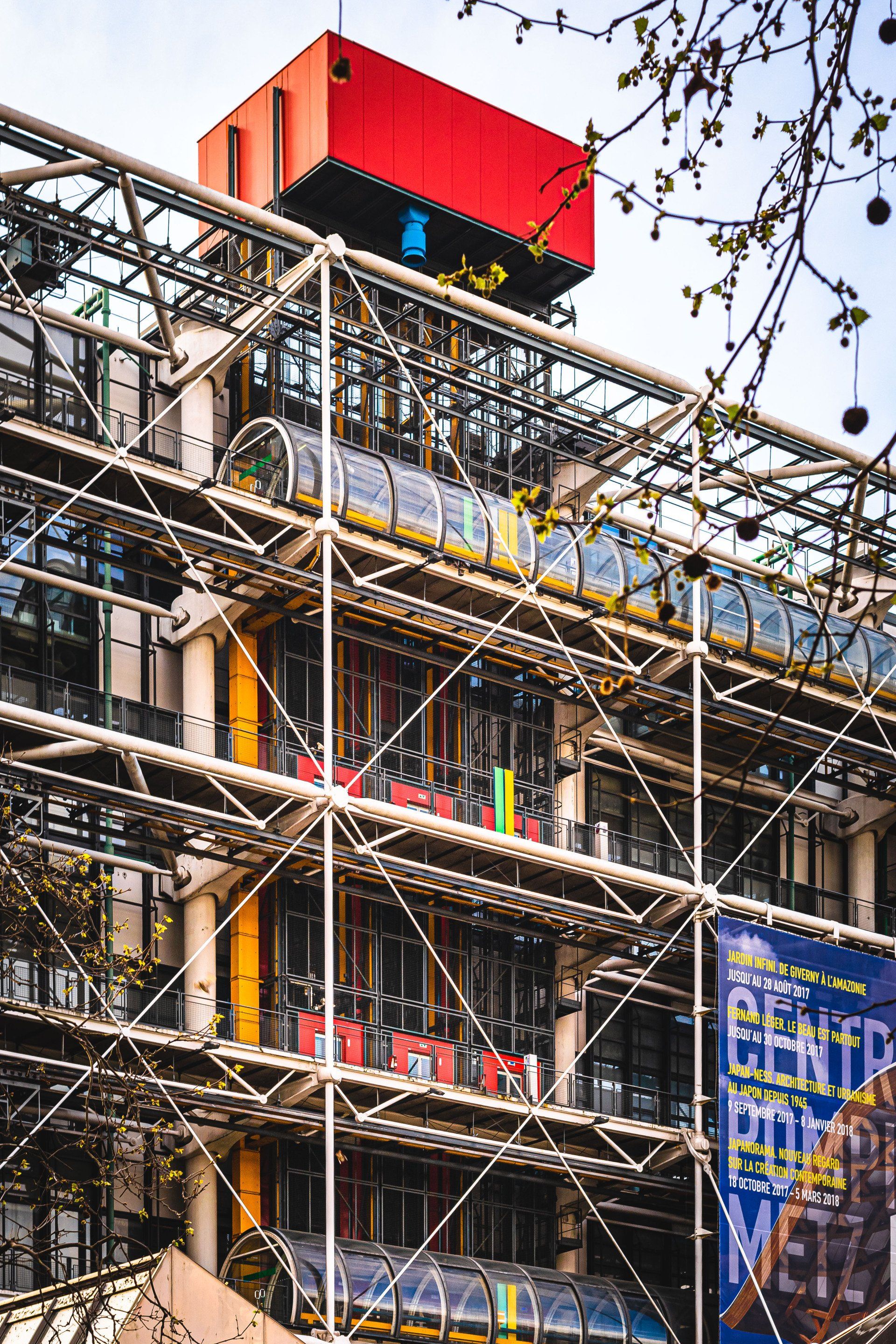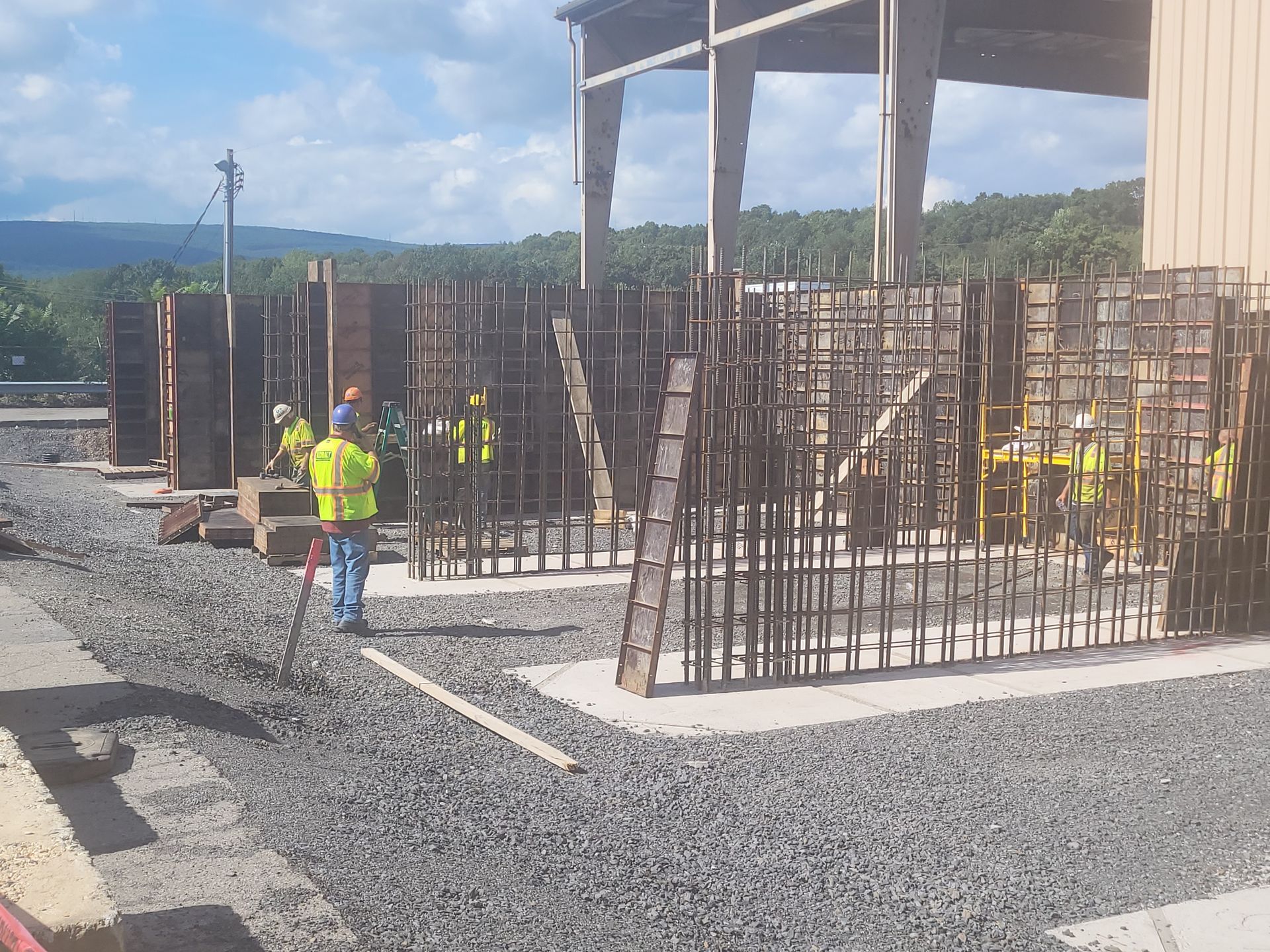Get in touch
OFFICE | 570.895.4613
MOBILE | 570-895-4613
FAX | 570.614.2134
Innovative Techniques in Commercial Construction
Innovation is reshaping the commercial construction industry. New techniques and technologies are transforming how buildings are designed and constructed.
These advancements are not just about creating impressive structures. They also aim to improve efficiency, sustainability, and safety in construction projects.
This article explores the innovative techniques in
commercial construction. We delve into new building technology, commercial construction trends, and sustainable practices.
We'll look at how these innovations are making construction smarter and more environmentally friendly. From new construction materials to smart building solutions, we'll cover it all.
Whether you're a construction professional or simply interested in the future of building design, this article is for you. Let's dive into the world of
innovative commercial construction.
Photo By: Build Magazine
The Importance of Innovation in Commercial Construction
Innovation is crucial in the commercial construction sector. It drives the development of smarter, more efficient building techniques. As the industry evolves, staying ahead of trends becomes vital for professionals.
Incorporating innovative practices can lead to significant economic and environmental benefits. These advances help reduce waste, save energy, and enhance building longevity. By embracing change, the industry can meet modern demands and surpass traditional limitations.
Embracing New Building Technology
New building technology is transforming commercial construction. Modern techniques promote efficiency, cost savings, and innovation. As technology evolves, its adoption in construction speeds up development cycles.
Cutting-edge tools and processes, such as drones and advanced software, pave the way for groundbreaking projects. These technologies improve accuracy and collaboration. By leveraging these advancements, the construction industry can achieve unprecedented progress and sustainability goals.
Building Information Modeling (BIM)
Building Information Modeling (BIM) has revolutionized project management and planning. This technology creates detailed digital representations of building structures. Through BIM, all stakeholders can collaborate seamlessly, reducing miscommunications.
BIM enhances visualization and decision-making, leading to fewer errors in the process. Architects, engineers, and contractors can simulate various scenarios in real time. As a result, projects benefit from improved efficiency and reduced costs.
Prefabrication and Modular Construction
Prefabrication and modular construction offer speed and precision. These methods involve assembling building components off-site. Then, they're transported to the construction site for rapid installation.
This approach minimizes on-site disruptions and ensures high-quality standards. Using prefabricated elements also reduces construction waste. Consequently, projects often finish faster and are more cost-effective, appealing to investors and builders alike.
3D Printing in Construction
3D printing is making its mark in construction. This innovative technology enables the creation of complex building components with ease. It offers flexibility and precision in designs that were once considered challenging.
The material efficiency of 3D printing reduces waste and lowers costs. Builders can experiment with new construction materials and techniques. As the technology continues to evolve, it promises an even greater impact on how structures are designed and built.
Smart Building Solutions for Modern Construction
Smart building solutions are redefining how commercial buildings operate and interact with the environment. These innovations combine technology with design to create structures that are energy-efficient and responsive. As a result, they provide enhanced comfort and functionality for users.
By incorporating smart systems, buildings can adapt to changing conditions. Sensors and automated controls optimize energy use and indoor environments. This not only reduces operational costs but also minimizes the carbon footprint of commercial buildings, contributing to sustainability objectives.
The Integration of IoT Devices
The Internet of Things (IoT) plays a crucial role in smart buildings. IoT devices connect various building systems to improve performance and efficiency. These devices monitor and control heating, lighting, and security systems seamlessly.
Real-time data collection enables proactive maintenance and quick adjustments. This leads to improved resource management and reduced downtimes. By integrating IoT, buildings become more connected, intelligent, and capable of meeting modern demands.
Augmented and Virtual Reality Applications
Augmented and virtual reality are making waves in construction. These technologies provide immersive experiences for planning and visualization. AR and VR help in identifying potential design flaws early in the process.
Incorporating these applications enhances training and collaboration among teams. Stakeholders can experience a virtual tour of the site before actual construction begins. This foresight leads to better decision-making and project outcomes, transforming the way construction projects are executed.
Photo By: Modular
Sustainable Construction Practices
Sustainable construction practices are becoming essential in the modern building industry. These approaches aim to reduce the negative environmental impact of construction projects. By focusing on sustainability, construction professionals can create more eco-friendly and resilient structures.
Efforts to build sustainably can lead to long-term savings and improve public perception. Incorporating sustainability early in the planning process can significantly enhance a project's overall efficiency. The use of green design principles ensures healthier indoor environments and more responsible resource use.
Renewable Energy and Green Materials
The use of renewable energy sources and green materials is crucial in sustainable construction. These options provide significant benefits, including reduced emissions and lower energy costs. Integrating solar panels and wind turbines helps harness natural energy effectively.
Using recycled and low-impact materials reduces waste and conserves natural resources. Green materials also enhance a building's thermal performance, ensuring comfort without excessive energy use. Embracing these sustainable elements sets a standard for environmentally conscious construction.
Water Conservation and Energy Efficiency
Water conservation techniques in construction aim to reduce consumption and waste. Implementing systems for water recycling and rainwater harvesting can minimize dependency on traditional water sources. These systems ensure efficient use of a critical resource.
Energy efficiency is also at the heart of sustainable practices. Buildings designed with better insulation, energy-efficient windows, and LED lighting often see reduced energy bills. Through careful planning and technology integration, projects achieve sustainable and economical outcomes.
The Future of Commercial Construction Trends
The future of commercial construction holds exciting possibilities driven by technological advances and sustainability. These emerging trends promise to revolutionize building design and construction practices. By embracing these trends, the industry can build more efficiently and responsibly.
Forward-thinking approaches prioritize smart construction methods and sustainable resource use. As global challenges evolve, so do the demands on construction innovation. Innovative techniques will be essential to meet increasing urbanization needs while minimizing ecological impact.
The Role of Artificial Intelligence and Machine Learning
Artificial Intelligence (AI) and Machine Learning (ML) are reshaping construction management. These technologies help in predictive analytics, optimizing schedules, and reducing costs. AI-driven insights support better decision-making throughout the project lifecycle.
ML algorithms can analyze vast datasets, improving planning and risk management. As AI and ML continue to evolve, they are expected to play an even more significant role in construction efficiency and safety, heralding a new era of smart construction.
Robotics and Automation in Construction
Robotics and automation offer significant potential to transform construction processes. These technologies can perform repetitive and labor-intensive tasks with precision and speed. Automation improves on-site productivity, reducing human error and increasing safety levels.
Robotic tools for bricklaying, welding, and material transport are increasingly common. As these technologies advance, they will redefine construction norms and dramatically increase production rates. This future vision highlights automation's crucial role in the industry’s evolution.
Conclusion: The Impact of Innovative Techniques
At Kobalt Construction, we recognize that innovative techniques are revolutionizing the commercial construction landscape, driving both progress and efficiency. By integrating cutting-edge building technology into our projects, we're setting new performance and sustainability benchmarks in the industry. Our commitment to embracing advancements such as artificial intelligence, robotics, and smart building solutions allows us to execute projects with greater intelligence and agility.
We understand the importance of sustainable practices and modern materials, which not only enhance our structures but also reinforce our dedication to a greener future. The ongoing adoption of these techniques is essential for shaping resilient, efficient, and environmentally friendly buildings.
If you're ready to elevate your next construction project with Kobalt Construction's innovative approaches,
contact us today. Together, let's build a better future!
Construct Your Vision
Contact Us
We will get back to you as soon as possible.
Oops, there was an error sending your message.
Please try again.

